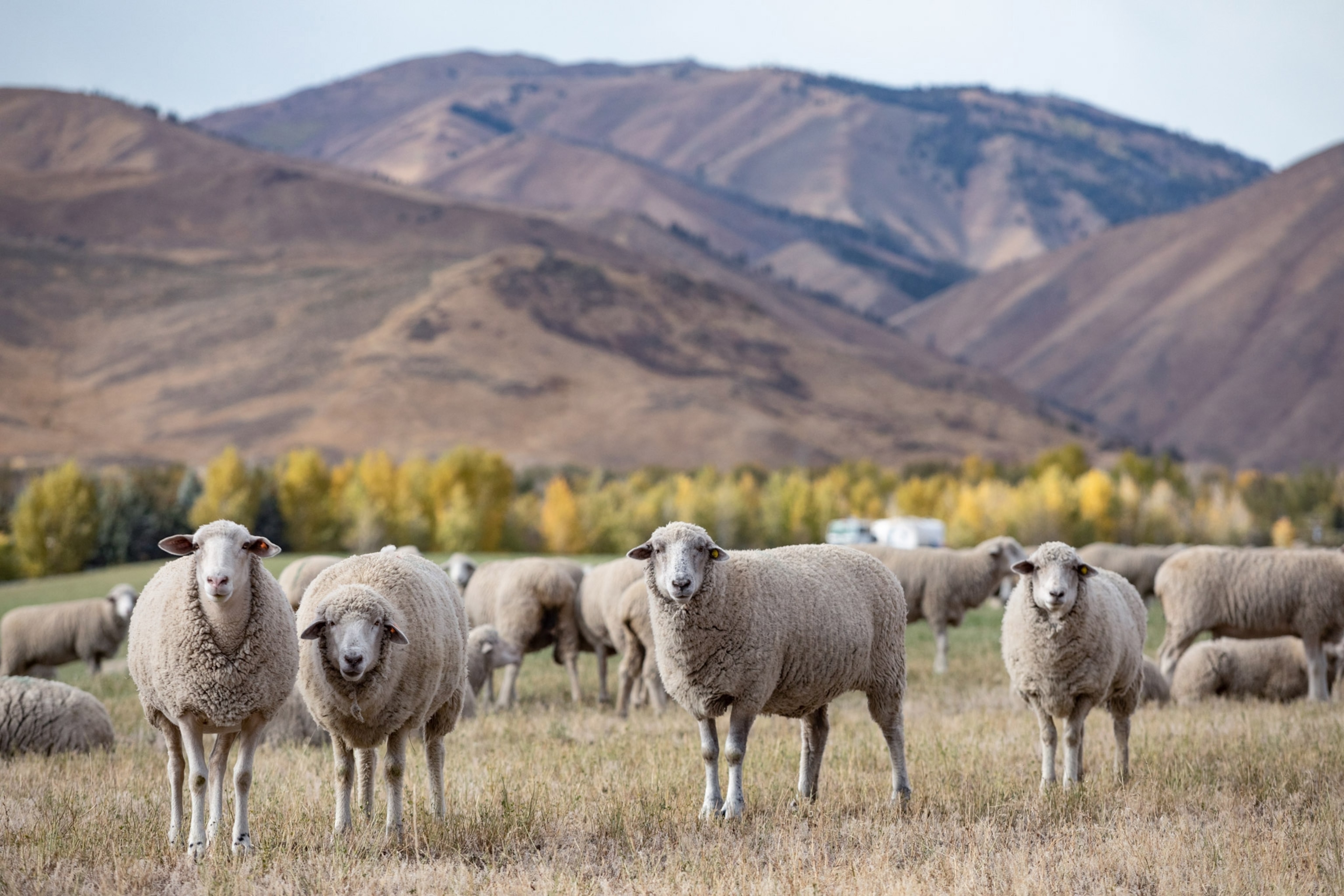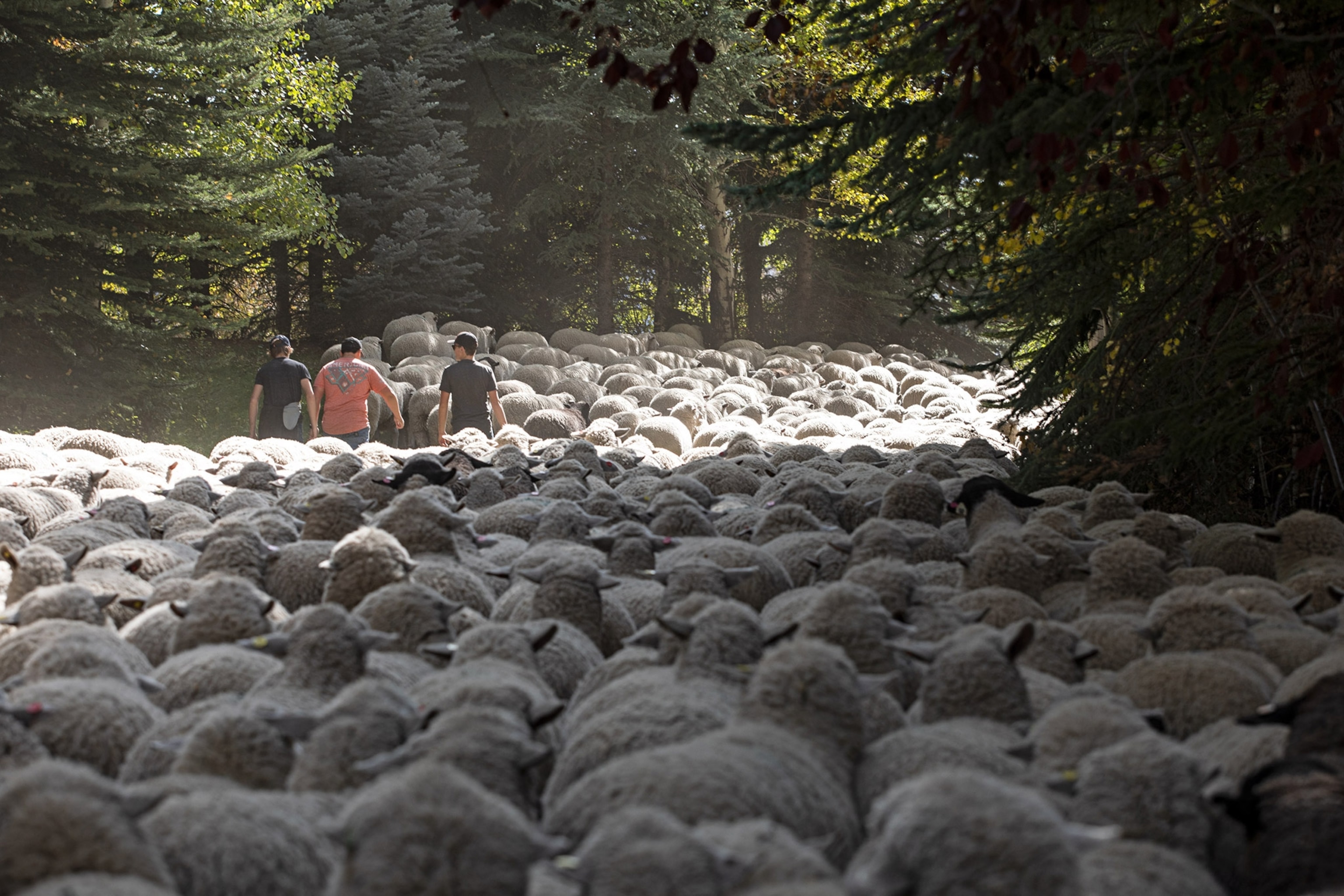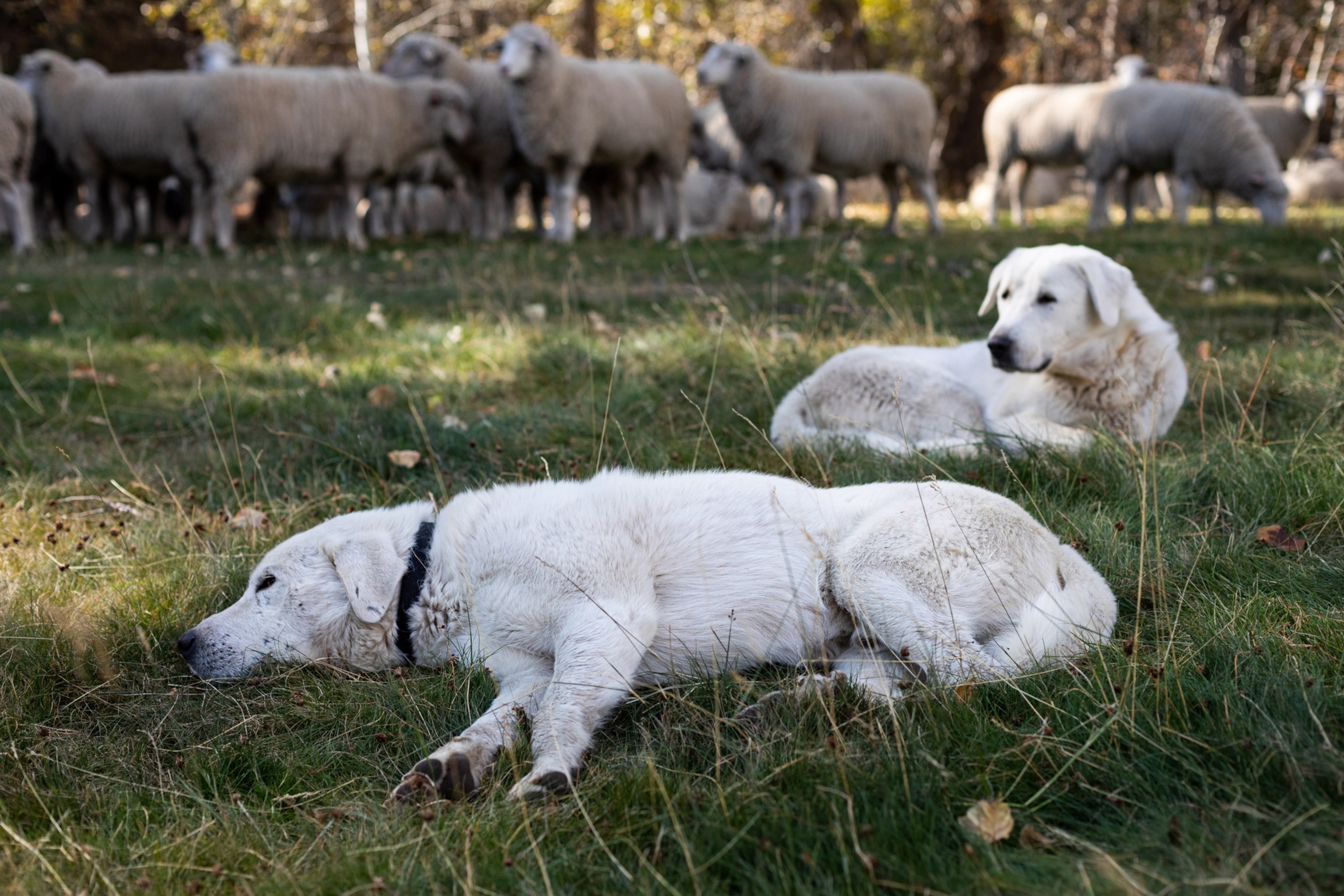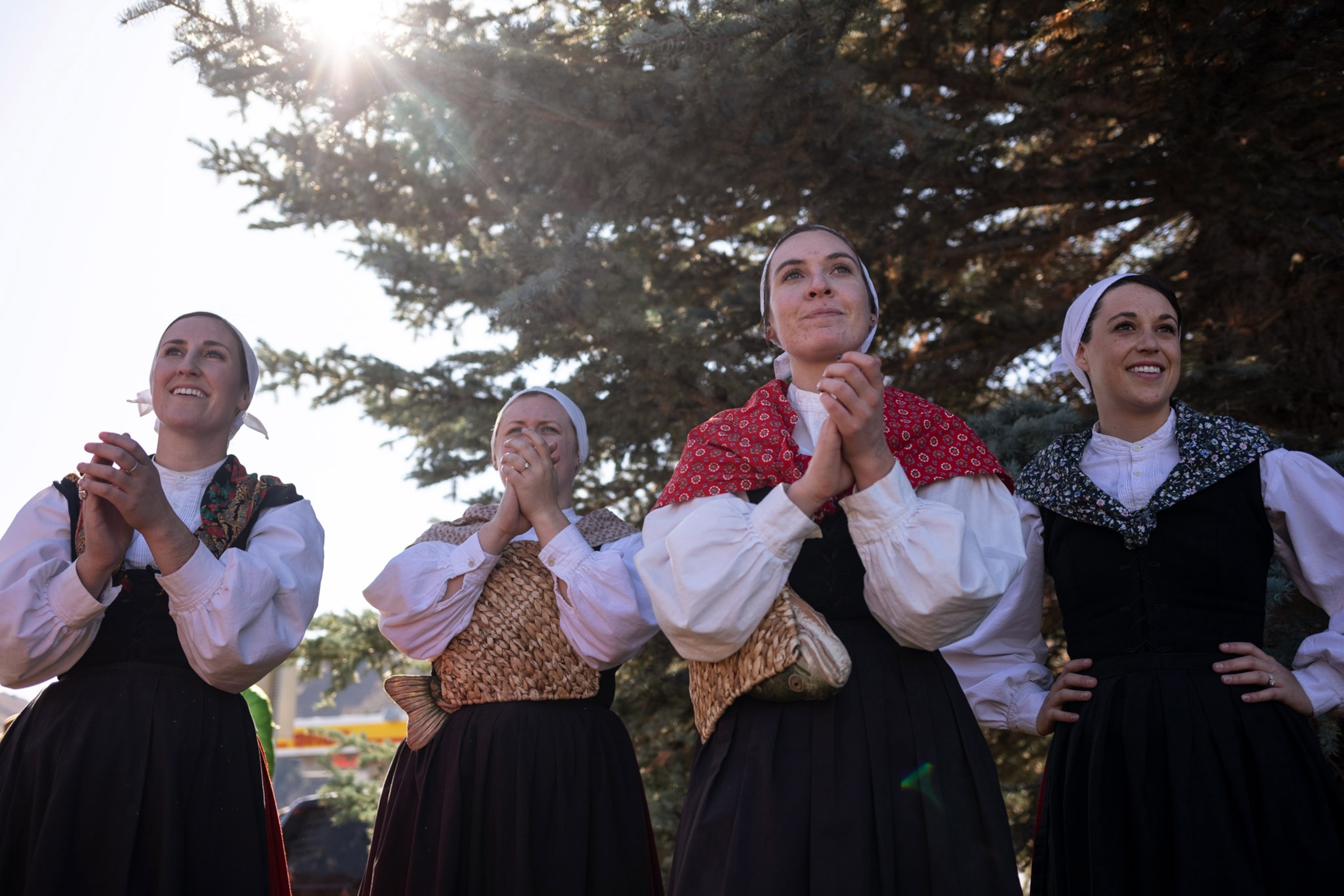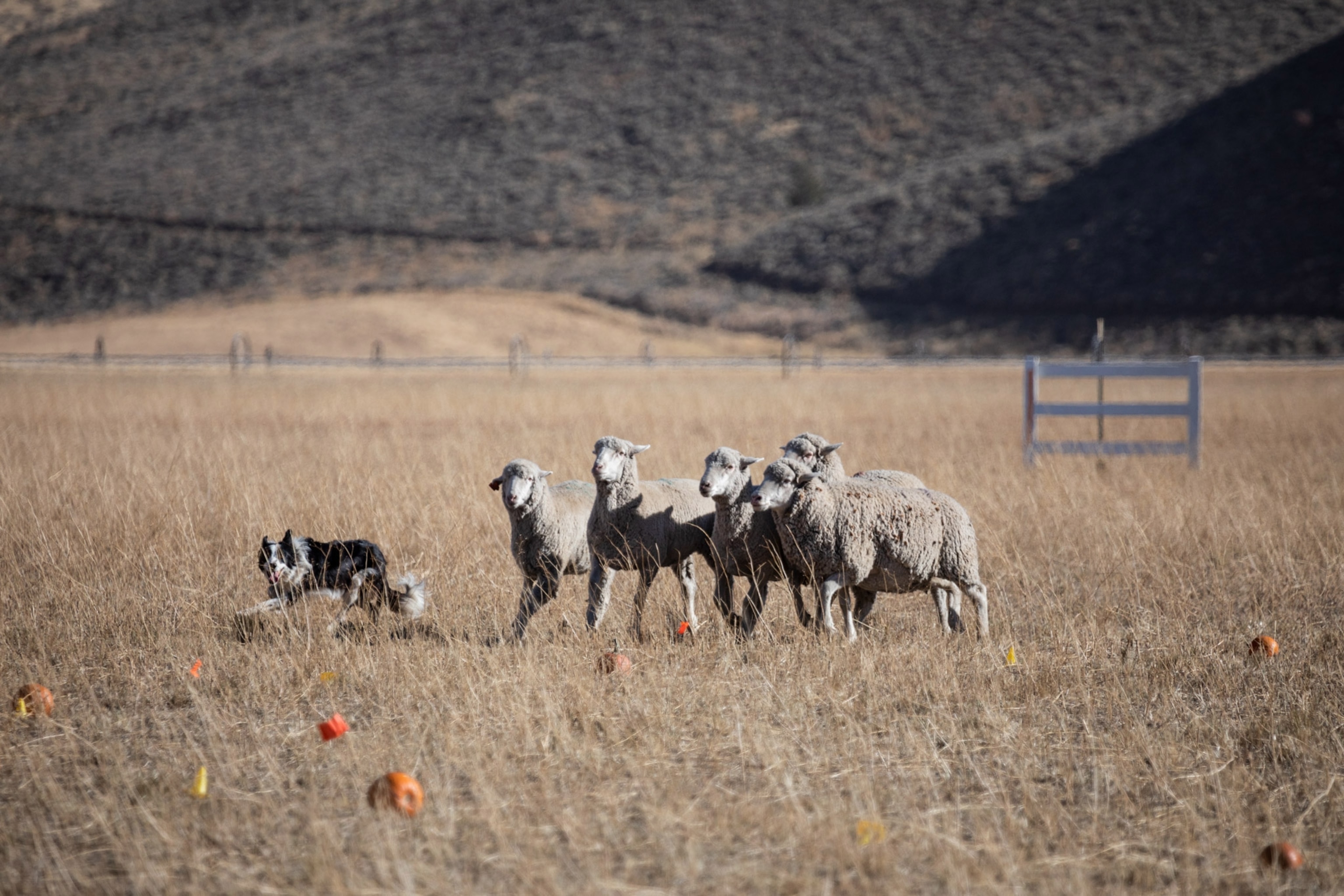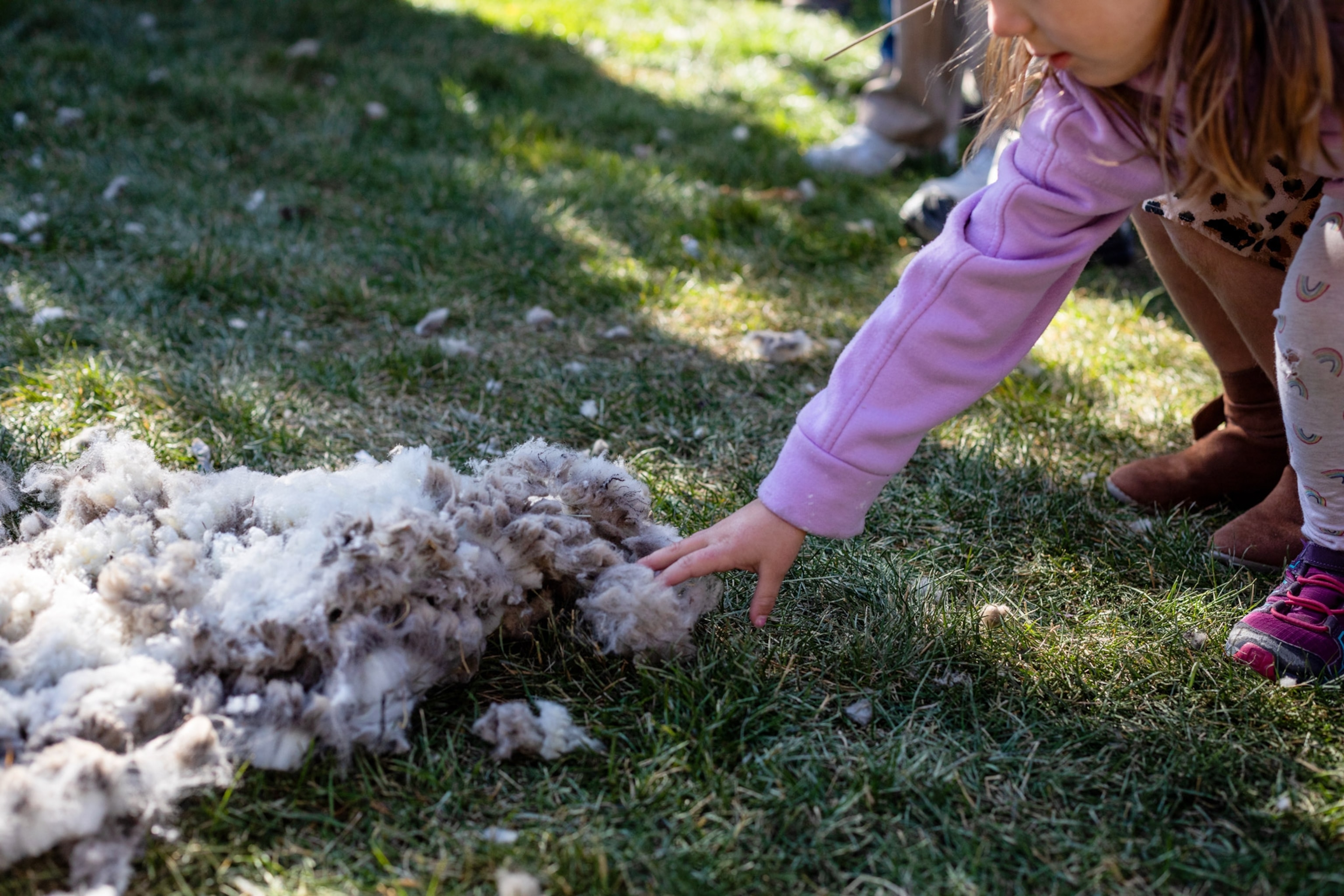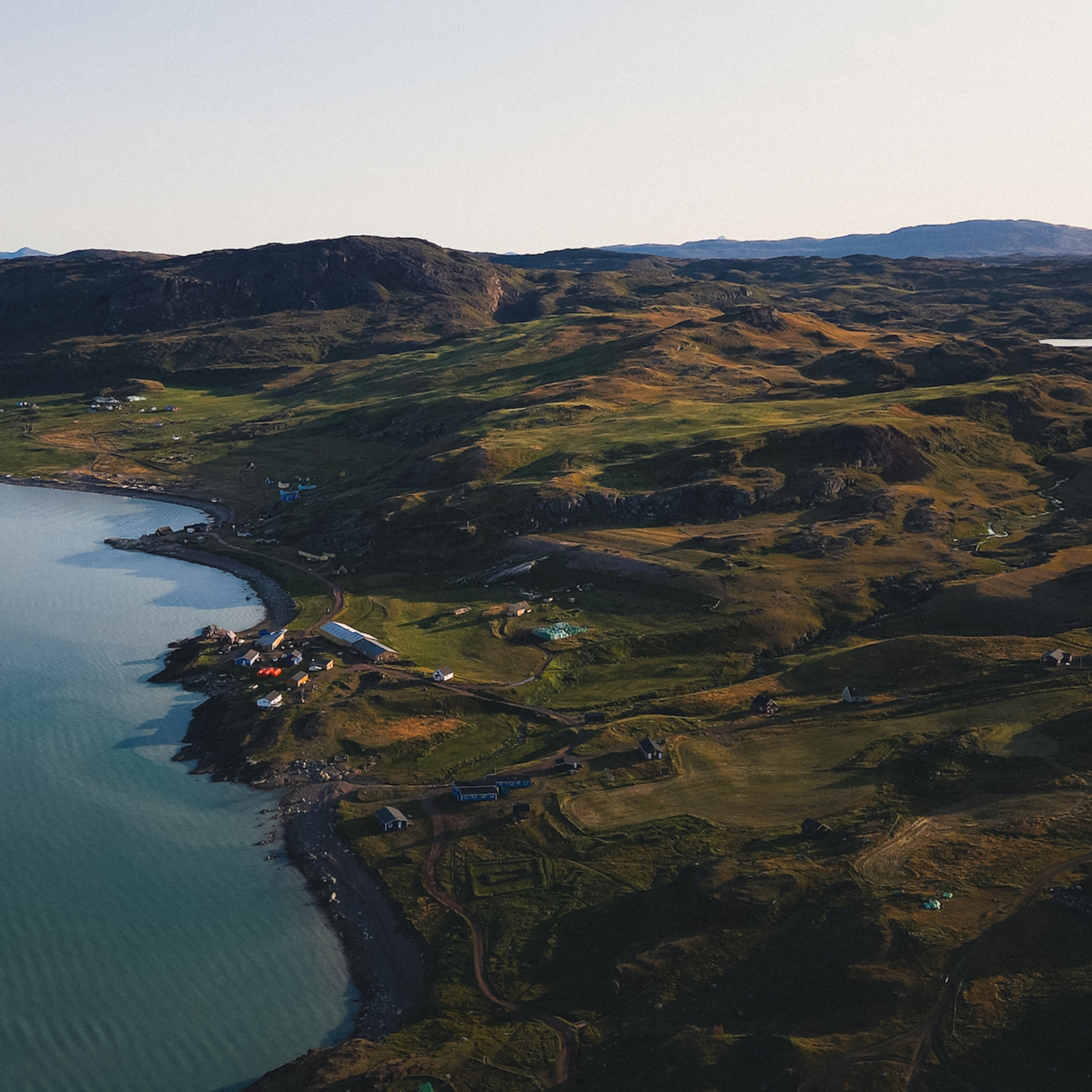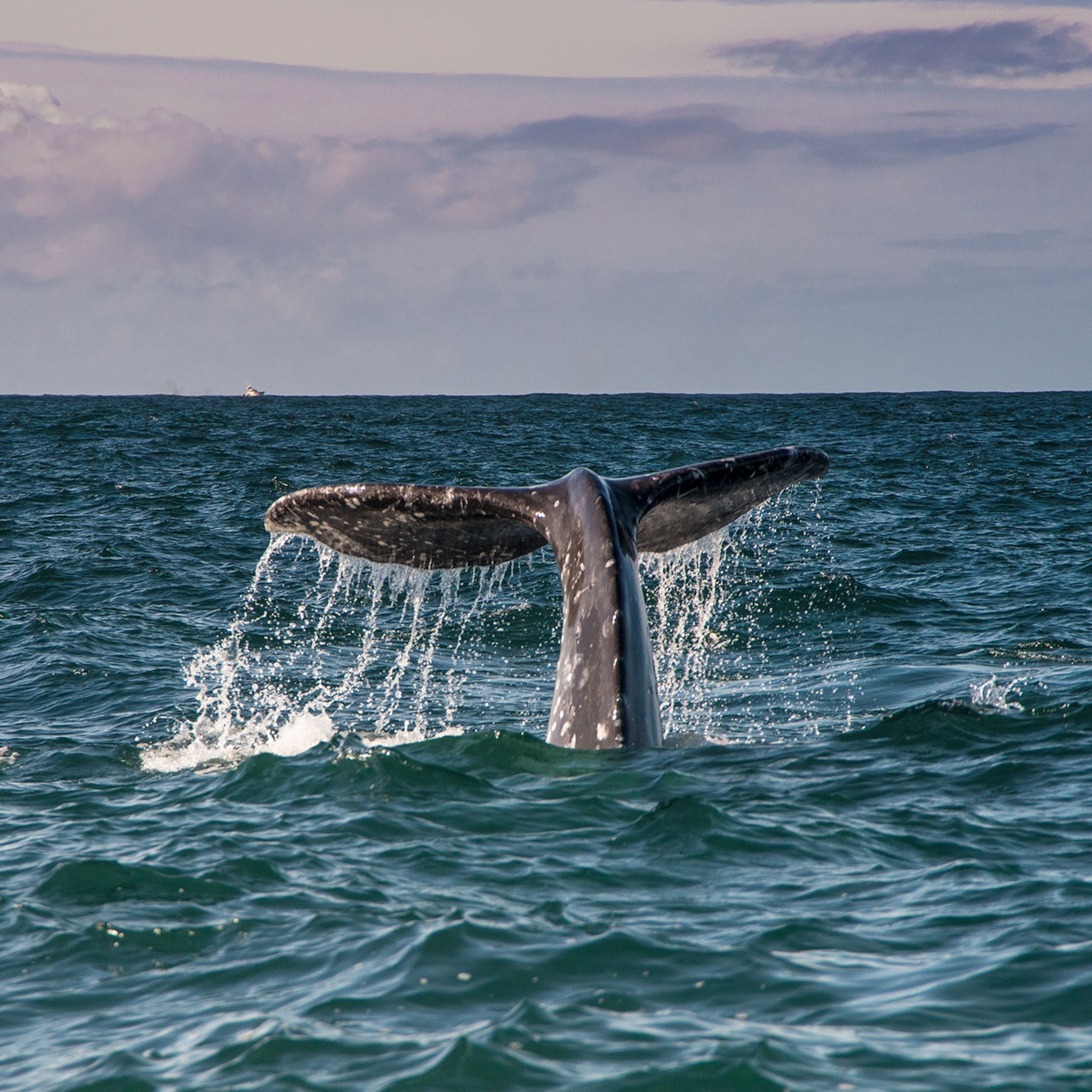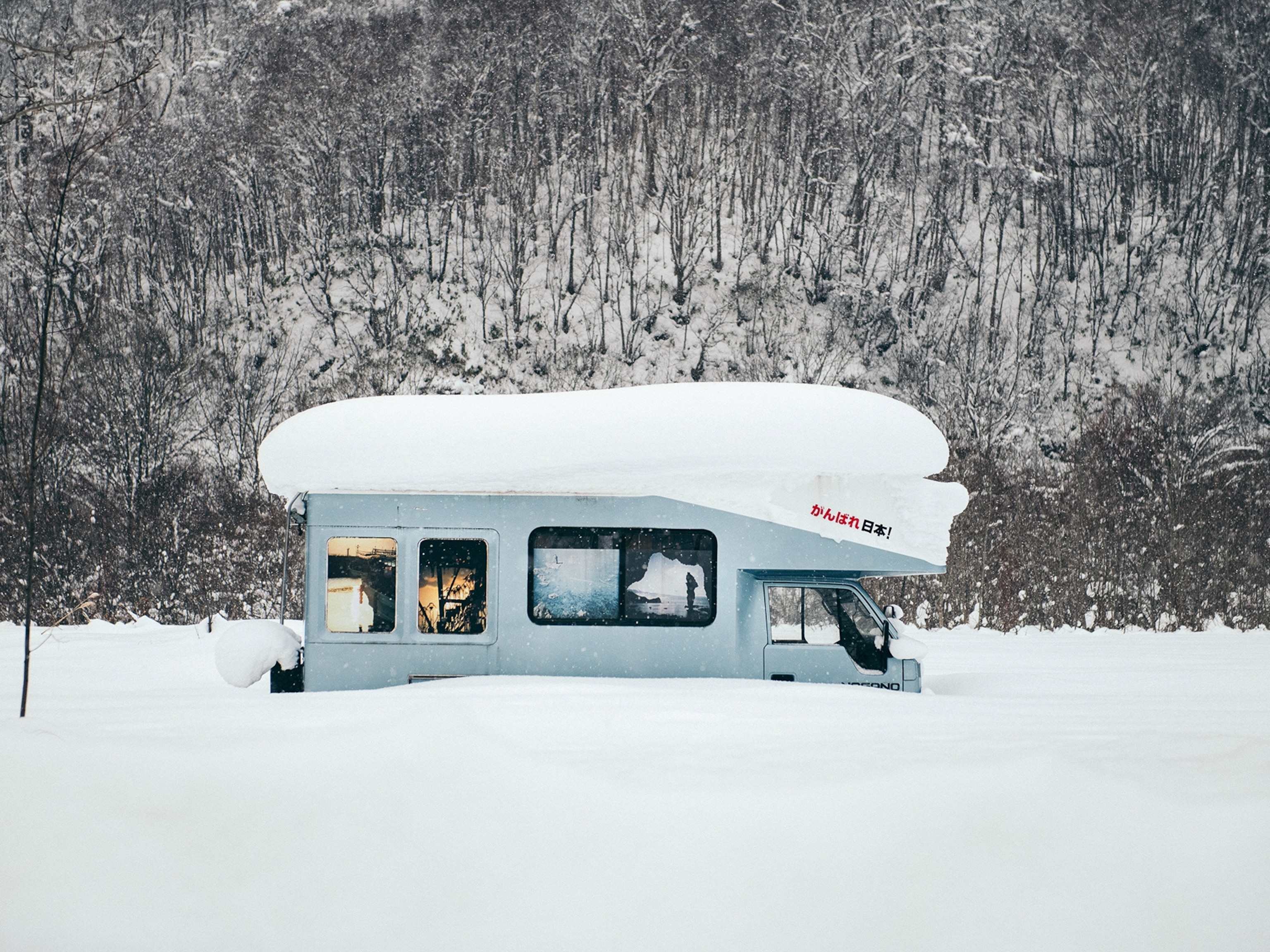Looking for Basque country in Idaho? Just follow the sheep
Find a surprising center of Basque traditions—delicious cider, included—in Ketchum, Boise, and Hailey.

Idaho’s public lands are seemingly infinite, like one boundless playground. Hidden hot springs, rolling ranchland, and crystal rivers conspire to create a feeling of endless discovery. Drive south on Highway 75, with the jagged Sawtooth Mountains as a backdrop, and you can plan a beach day at Redfish Lake or go hunting for ghosts in the abandoned towns surrounding Stanley. It’s not a place to rush through.
Travelers sometimes skip Idaho for flashier states like Utah, Wyoming, and Colorado. But that only adds to Idaho’s charm. In Wood River Valley, you can catch trout the size of your arm, or visit a prayer wheel blessed by the Dalai Lama, or choose from dozens of hiking trails in Sawtooth National Forest.
And then, of course, there are the sheep.
In the mid-1800s, a group of Basques arrived from northern Spain seeking gold, but they soon found work on ranches in the wild, rugged peaks of central Idaho. Sheep were big business (in 1918, sheep in Idaho outnumbered humans six to one), and when it came to sheepherding, the Basques proved indispensable. It wasn’t long before American ranch owners were begging immigrants to recruit their relatives and friends to join them out West.
Over the years, a community of Basques has blossomed in the rural areas surrounding Ketchum, Gooding, and Hailey, Idaho. “When I moved here in 1968,” recalls Alberto Uranga, a veteran sheepherder of 30 years, “every Saturday during the wintertime or early spring, we’d go to downtown Gooding, and it was like being in Basque country. There were sheepherders everywhere.” (Once a year, thousands of sheep take over Madrid.)
Far from closed off, however, the Basque community of Idaho is one of exceptional warmth, inclusivity, and cheer. Every October, at the Trailing of the Sheep Festival, an agricultural fair of monumental proportions, travelers can witness the phenomenon firsthand. It all starts with the sheep. On parade day, close to 3,000 of them are ceremoniously marched down the length of Main Street Ketchum en route from the high mountain pastures of summer back to the safety of the ranch for winter.
Idaho’s Basque population, the largest in America, hovers around 15,000, lagging far behind the 25,000 who show up every October, having booked their Airbnbs and hotels months ahead. By the time the festival rolls around, Ketchum is so saturated with Basque buffs from all corners of the globe that it’s difficult at times to remember you’re in a rural American town at all.
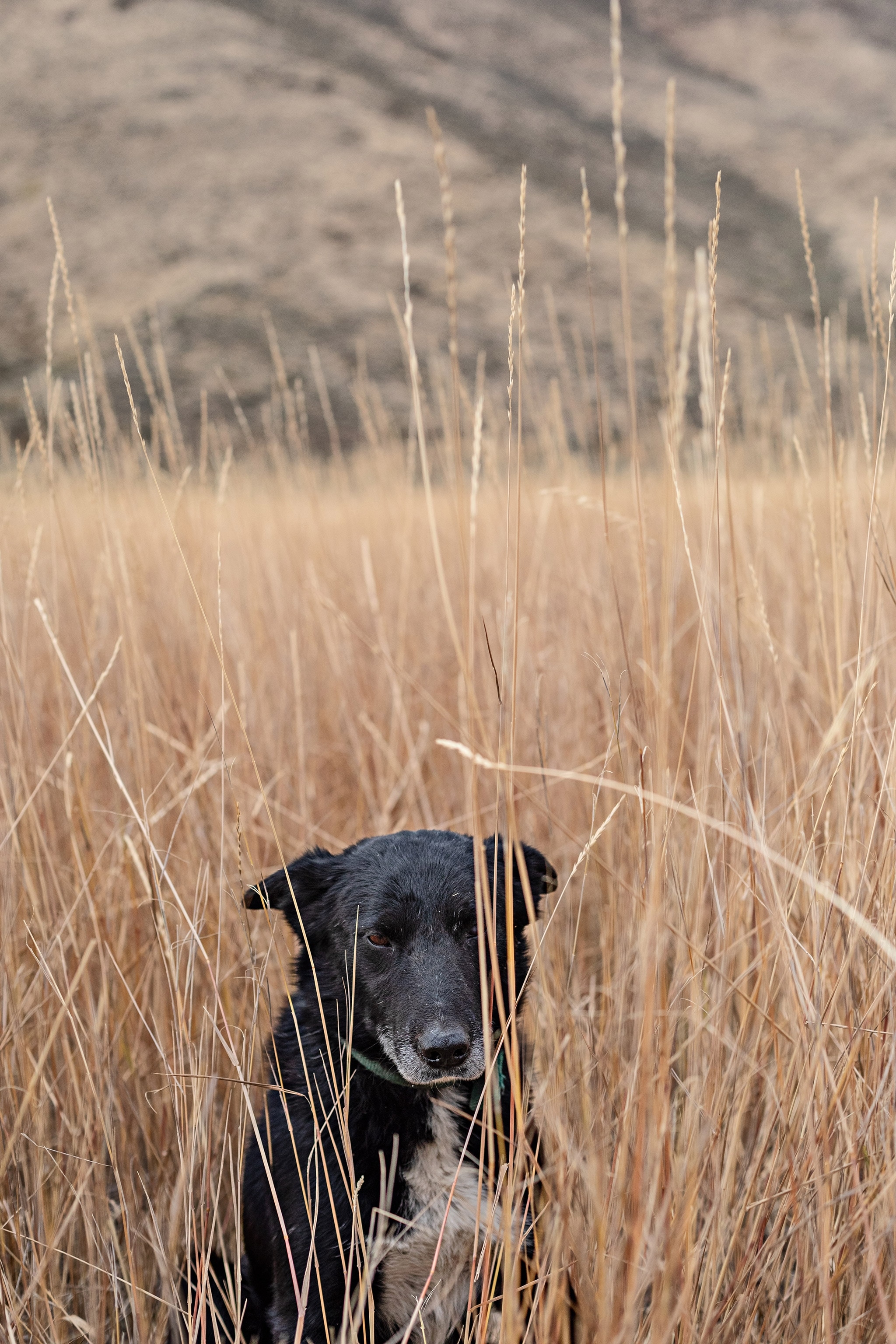

For the main event, Highway 75 shuts down, allowing herders and their band sheep to pass unhindered through Ketchum. They stroll past the cemetery where writer Ernest Hemingway is buried, past Pioneer Saloon, and out towards Hailey.
And don’t forget the food: restaurants go all out, with lamb empanadas, lamb chili, lamb curry, and other morsels. Applause and cheering follow the herders (along with a few eager festival goers, who follow them out of town on horseback). Never underestimate a Basque town’s knack for throwing a party.
“Basques are very social,” says Dan Ansotegui, a second-generation Basque who grew up in Boise and manages Txikiteo, on downtown Boise’s North 14th Street. Ansotegui, a former oinkari dancer, teaches button accordion and is a regular player in the area’s multiple Basque bands. (Here’s how the Basques became an autonomous community within Spain.)
He points out that those three pillars—music, dance, and good food—are at the heart of Basque culture. “It’s all centered around being with other people and sharing what you have. [That ethos] definitely was something that made its way over to the States from the old country.”
At Txikiteo, Basque cider is poured in the traditional way, with a hole cut into the top of the cork so the liquid can flow freely into the tiny glass. Rich chorizo, salami, and roasted lamb offer an Iberian twist on the predictable meat diet of ranch country.
Boise is home to Basque Block, a visually striking, albeit compact, corridor of Basque restaurants, murals, and a museum in the middle of downtown. Once every five years, the block comes alive with Jaialdi, a massive, six-day celebration that takes over West Grove Street (good news: the next one kicks off July 28, 2020). Dancers from across the country cavort to the sounds of the txirula, while other Basque-Americans show off their skills in farm competitions like milk-can carrying, wagon lifting, and hay bale throwing. Standing in the audience, you’re likely to hear as much Basque as English.
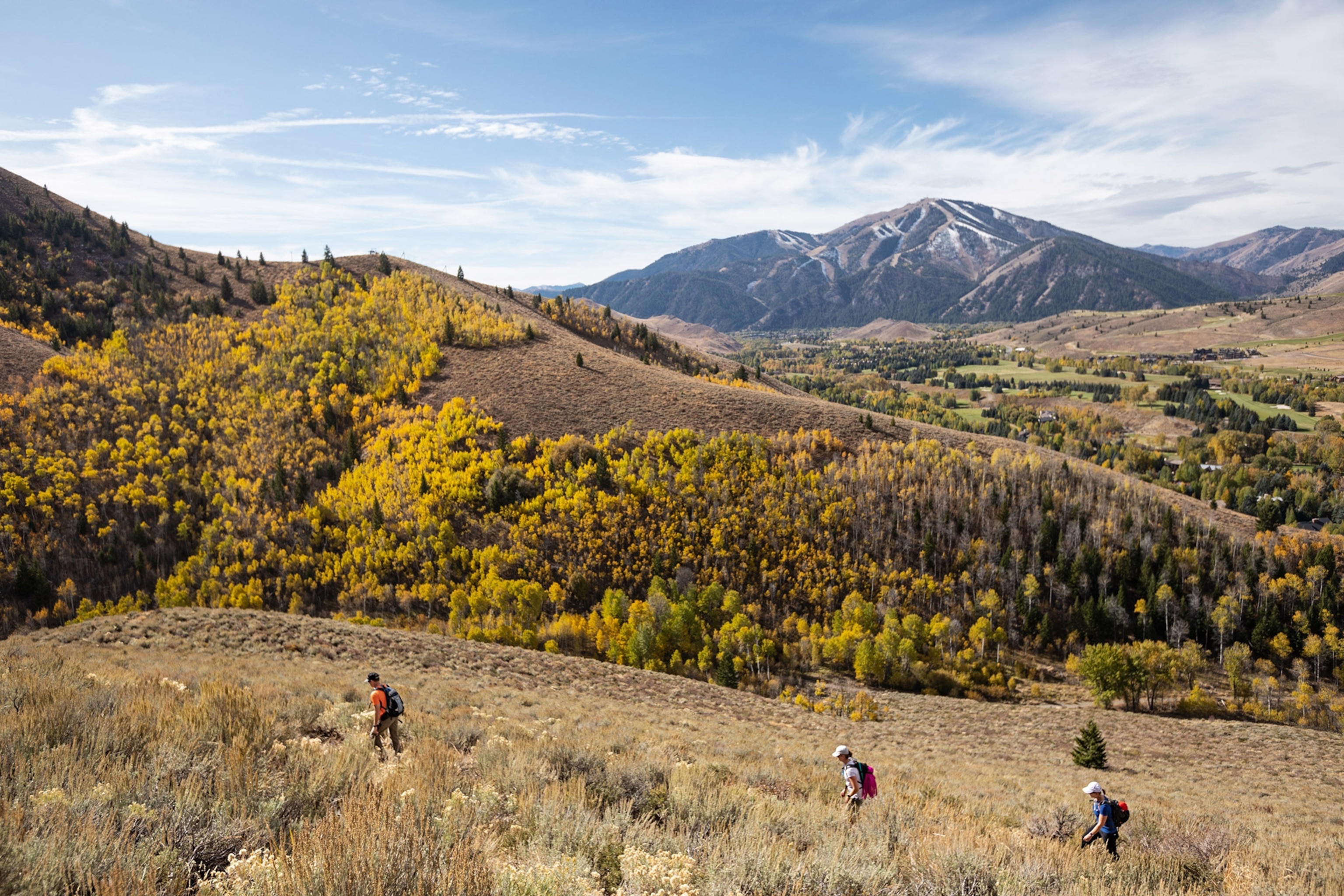
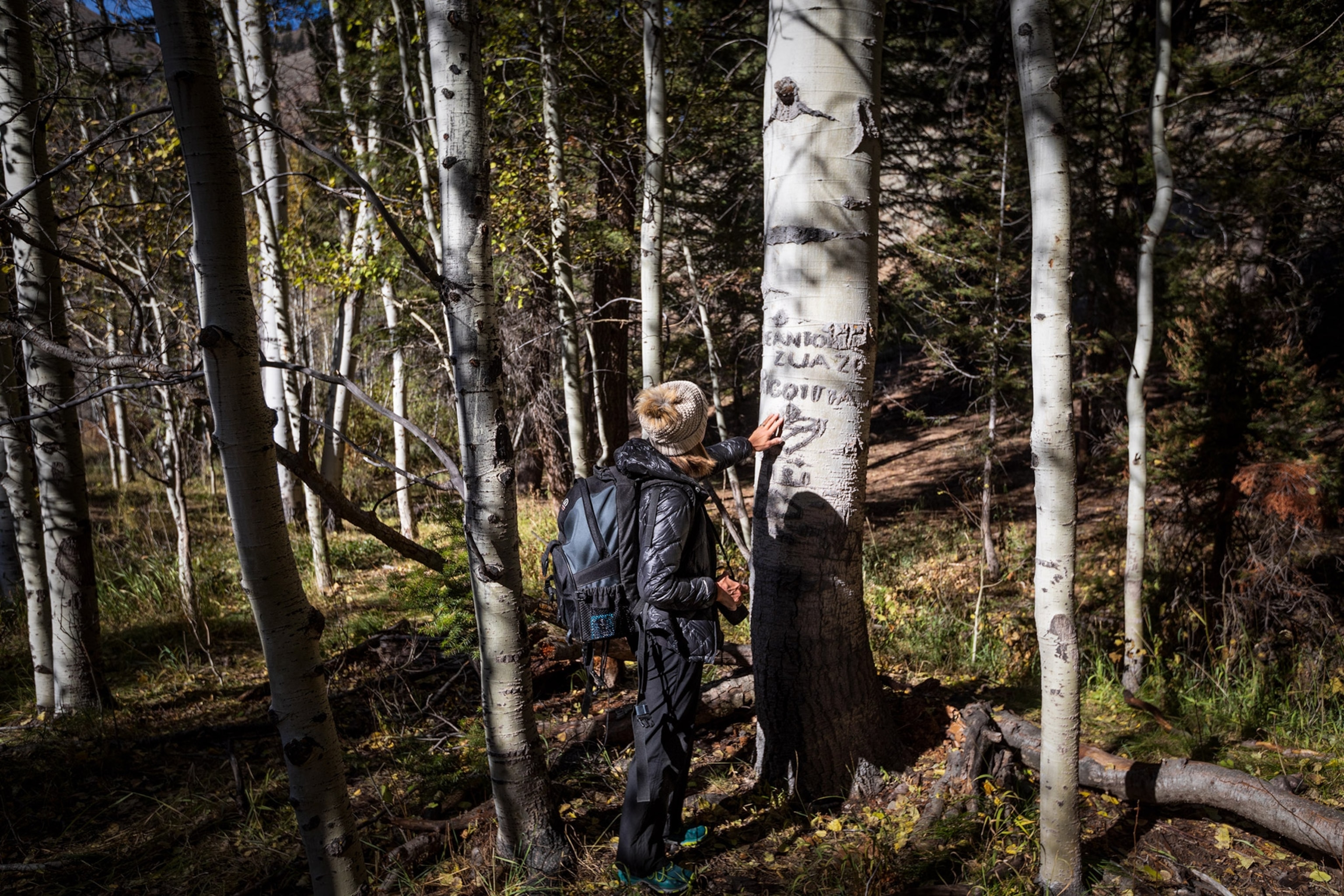
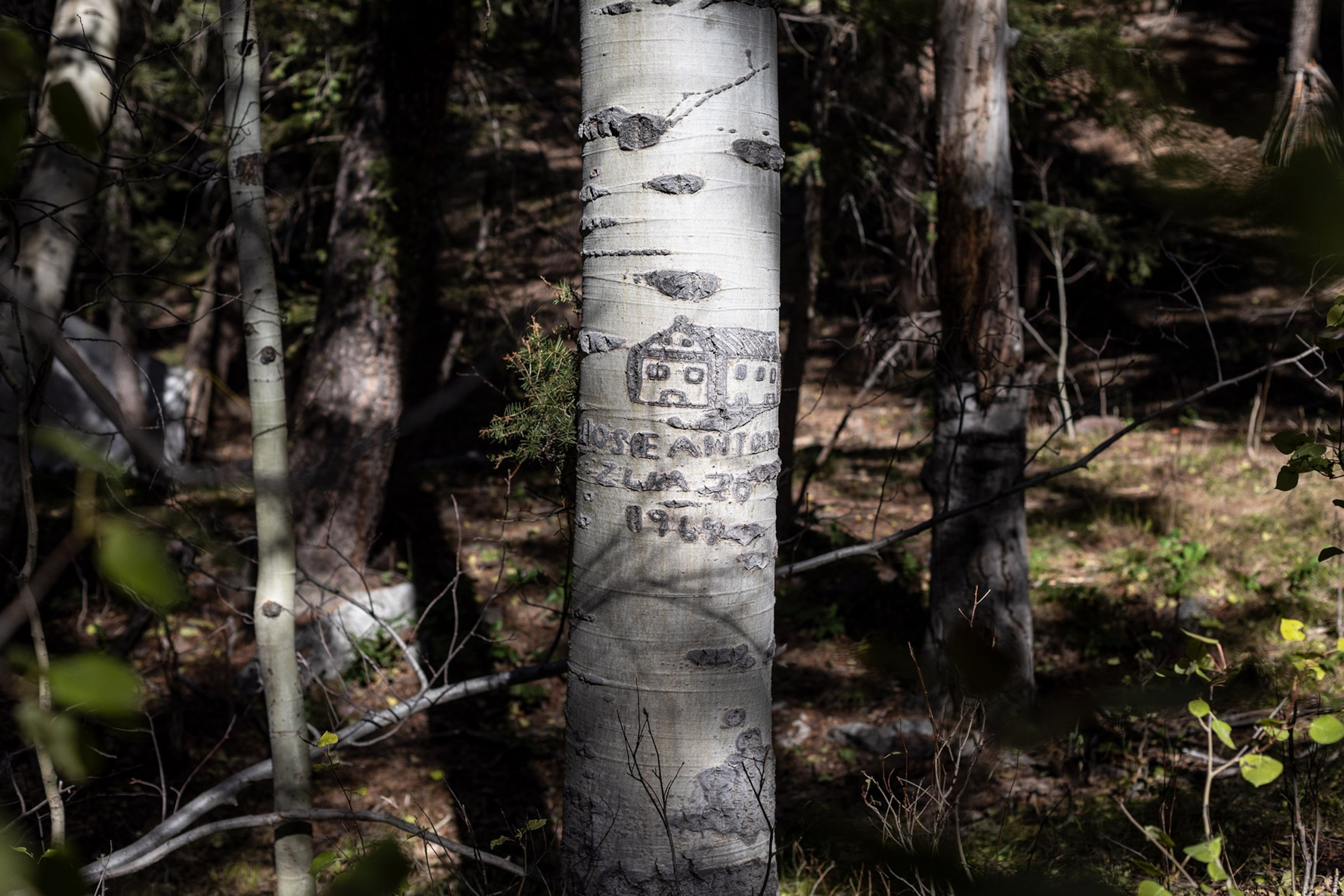
“Basques have always been integrated into the city of Boise, at least during my lifetime,” adds Ansotegui. Being involved with the oinkari dance troupes and going to concerts as a kid, he observed his non-Basque classmates doing exactly the same. “Everyone went to these dances, even if you weren’t Basque. It was recognized by the city as the thing to do.”
For locals like Alberto Urango, the Trailing of the Sheep Festival is a chance to tell stories about the realities of life up in the mountains. “When you’re up there with the sheep, you have to make your own bread,” he explains. “How do you make bread up in the mountain, at 7,000 feet? Well, you dig a big hole in the ground. We butchered our own lamb so we could have something to eat besides canned beans. But then bears would come and take our lamb.”
Outside of October, few people come to Ketchum looking for sheep. They come to ski, hike, and mountain bike, the magic trifecta of outdoor pursuits that high-altitude Ketchum (elevation: 5,853 feet) offers.
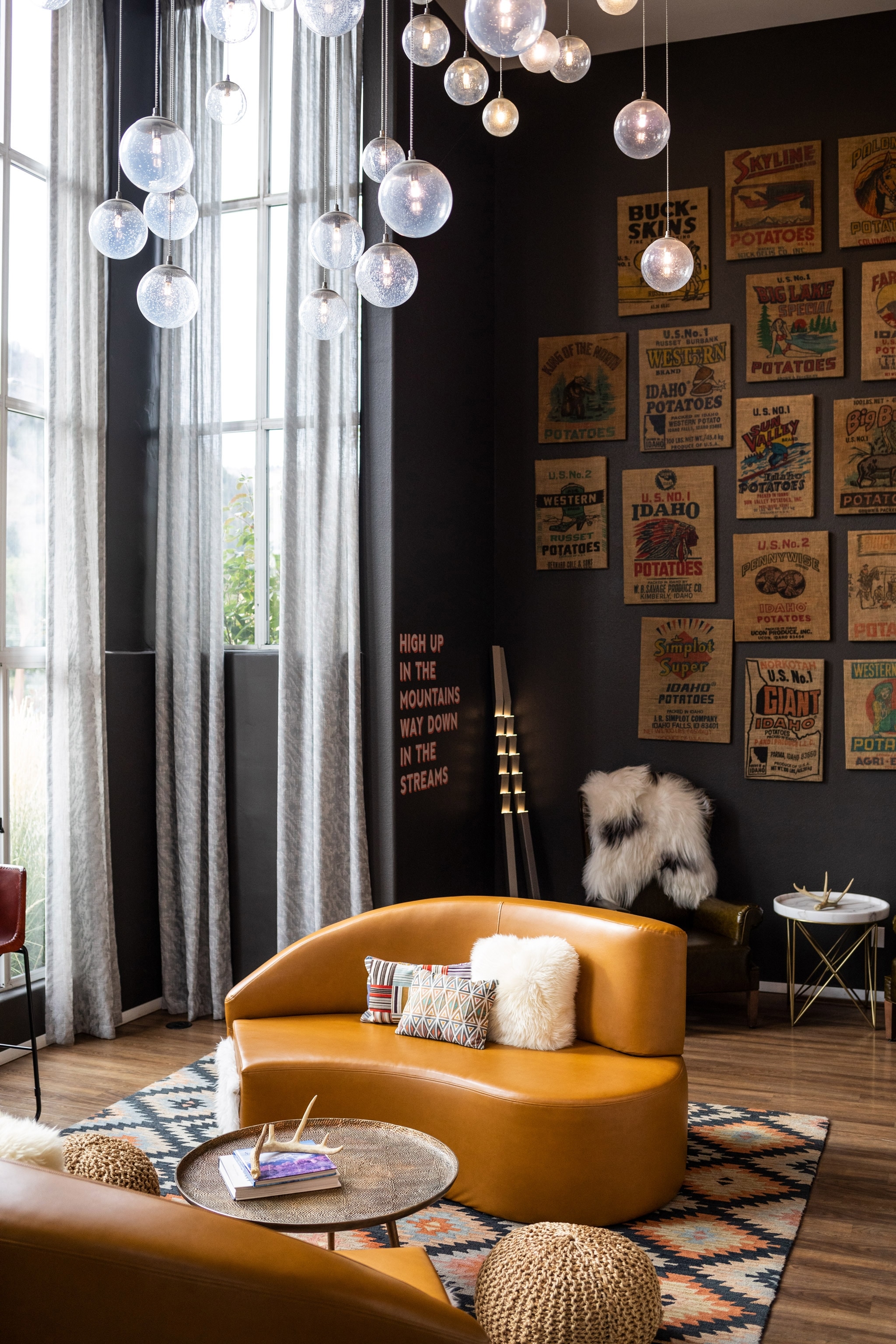

Idaho is a road tripper’s paradise. Drive 10 minutes north of Ketchum and you’ll reach Proctor Loop, a 4.5-mile trail that follows an old chairlift system from the 1960s. In autumn, lucky hikers may hear a high-pitched, ethereal whistling sound known as “elk bugling.” (Discover the best way to road trip through the Sawtooths.)
Ketchum-based outfitter Sun Valley Guides leads guests into backcountry Idaho for skiing in the Smoky Mountains or near Boulder Mountain. “We have an extraordinary hut system in the midst of extraordinary terrain,” says owner Zach Crist, who grew up in the area and feels the wide-open landscape forced him to be self-reliant as a child. “Idaho’s outdoors can be intimidating, but it’s much more approachable than people realize.” (Here are the best things to do in winter in Sun Valley.)
Exploring by foot or car in summer and autumn, you might just come across some sheep grazing in a meadow strewn with alpine flowers. Do yourself a favor and pause to talk to the sheepherders. They’ve got lots to say.
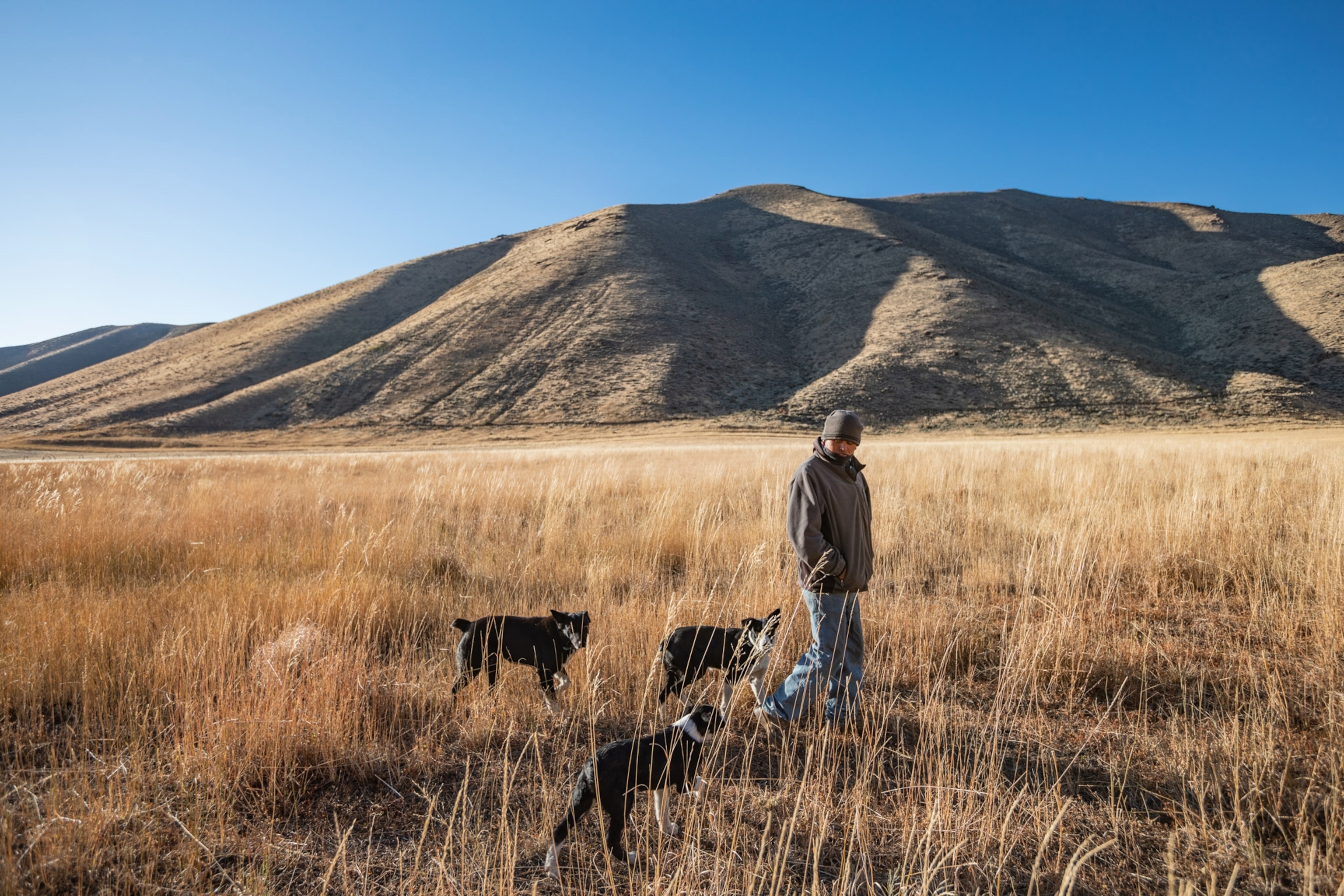
- National Geographic Expeditions
